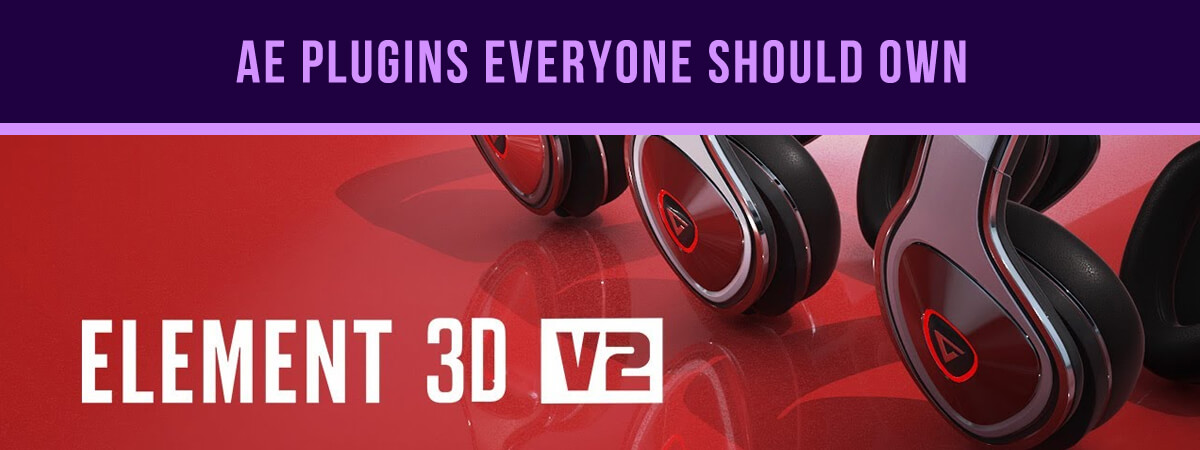In this article in our series about After Effects Plugins, we will be looking at Video Copilot’s Element 3D; a 3D object based particle plugin, and how it contributed to our recent film ‘Palladium – Join the Journey‘.
This film was a combination of hand-drawn, frame by frame animation (created in TV Paint), photography and a 3D shoe (created in Cinema 4D), all of which needed to be composited together in After Effects.
Element 3D allows you to bring 3D objects in to After Effects, where they are capable of casting shadows, and reacting to light just as they would in a 3D piece of software. The 3D objects also work with After Effect’s native cameras, and can be moved frame by frame to match the hand drawn animation we’d already created.
However, being able to move an object left, right, up and down was not good enough in this instance, no matter how pretty the ambient occlusion looks while it does it. Shoes don’t move as rock solid objects, they need to bend and mould around the foot as it steps, and – although we knew it had the capability – this was a different challenge to anything we’d asked of Element 3D in the past.
Baked Animation
‘Baked Animation’ allows you to ‘bake’ a few frames of animation in to an obj file, which you can import in to Element as a 3D sequence (rather than a 3D object). You can then either loop the animation from a different frame (to make multiple instances of an animation move at different times) or refer to the specific frame of the animation that you want in each frame of your timeline, and the object will look as it did on that frame of the original animation.
In this instance, we created 20 frames of the shoe as it bent upwards, so it looked like the wearer was going from being flat footed to standing on their toes. That sequence was baked in to the .obj file that was imported in to After Effects via Element 3D, and we visually matched the bend of the shoe on each frame to that of the reference animation.
Difficulties
This workflow caused us a fair few headaches – mostly that the textures seemed to lose a lot of quality in the baked sequences compared to the original model, which meant that we had to rely on the photographed shoe in the close up sequences more than we’d originally hoped to.
We also had some difficulties with rendering speeds, and with the shadows going a bit… squiffy at times. A lot of the problems in retrospect were caused coming out of C4D, rather than going in to Element 3D, and a better understanding of what we needed to do with the model once it was exported would probably have lead us to creating things slightly differently from the start, particularly with regards to textures and the x position of the shoe.
However, for a *relatively* painless way of combining an animated 3D model of a shoe with a 2D frame by frame sequence of a walk, the Element 3D plugin for After Effects did us proud.


